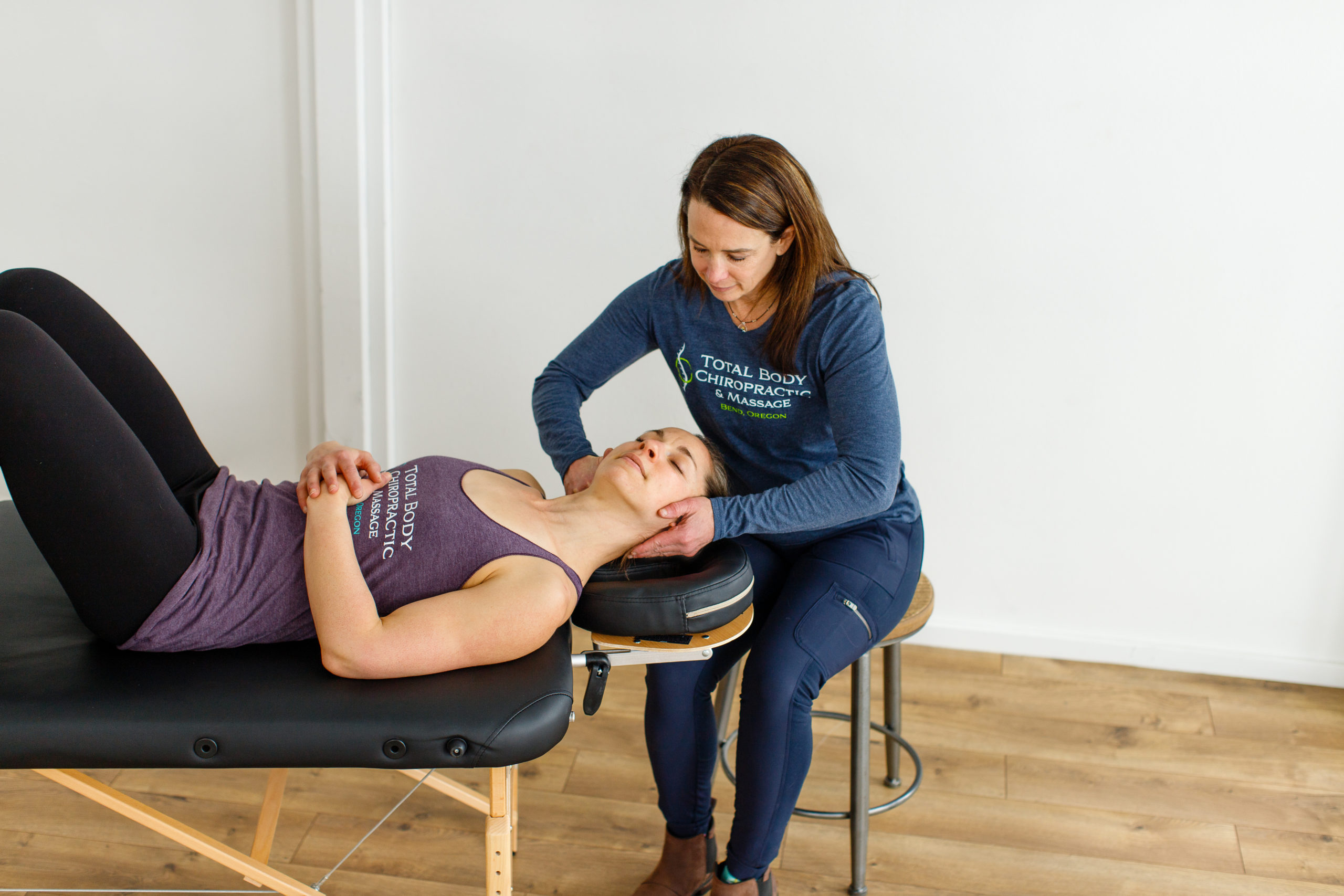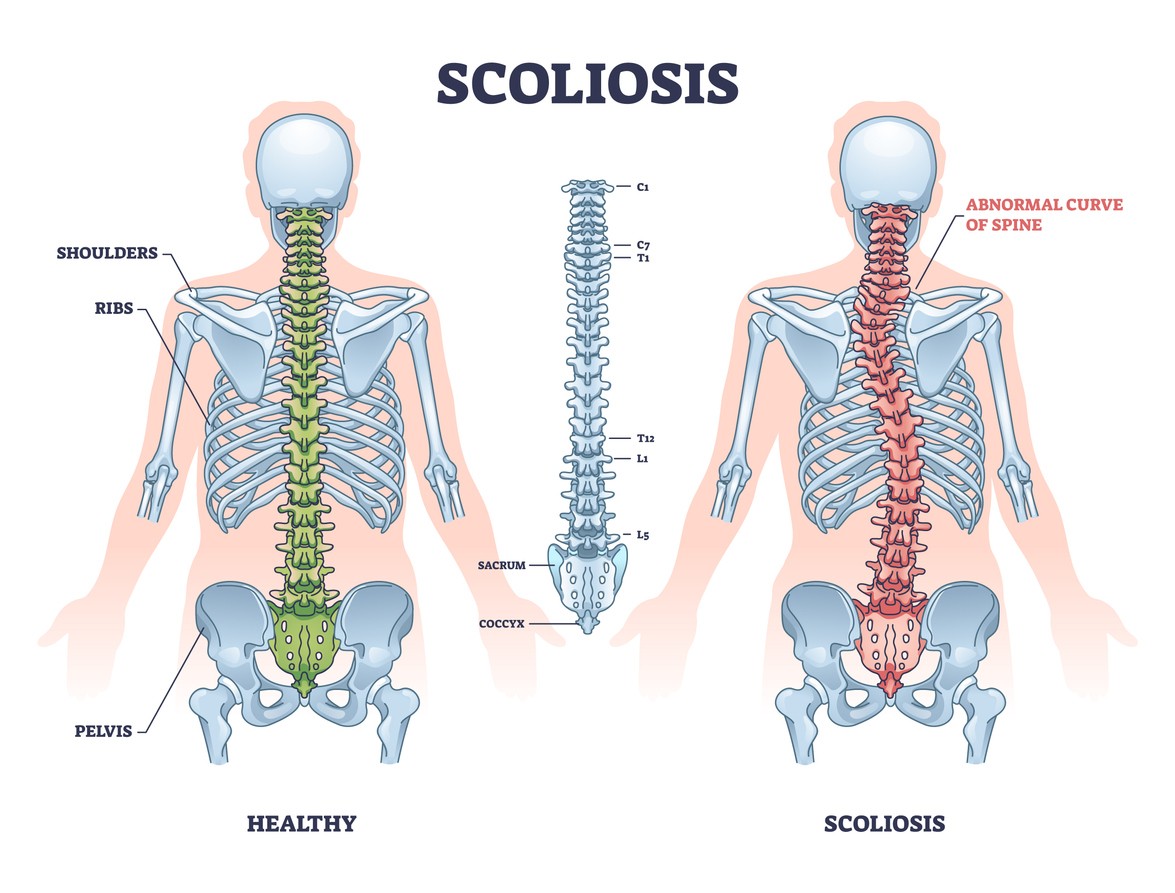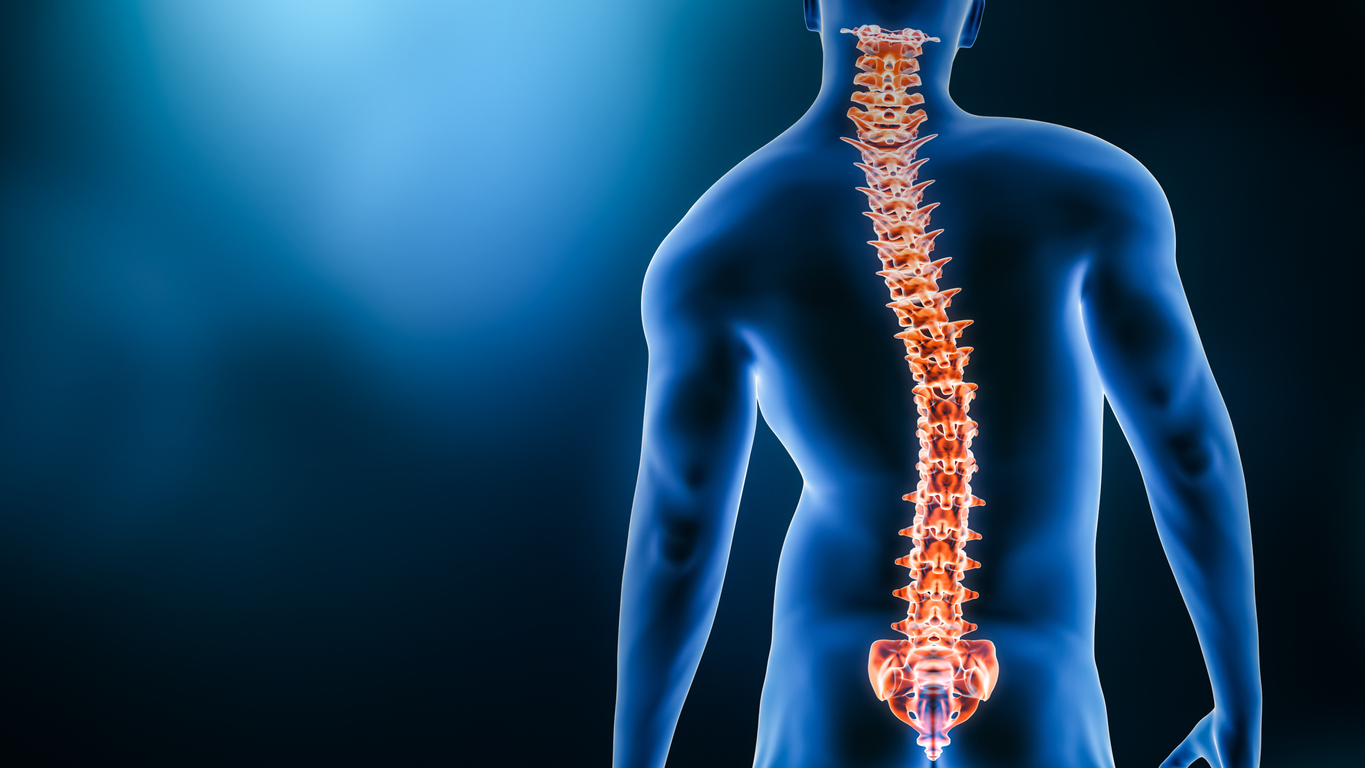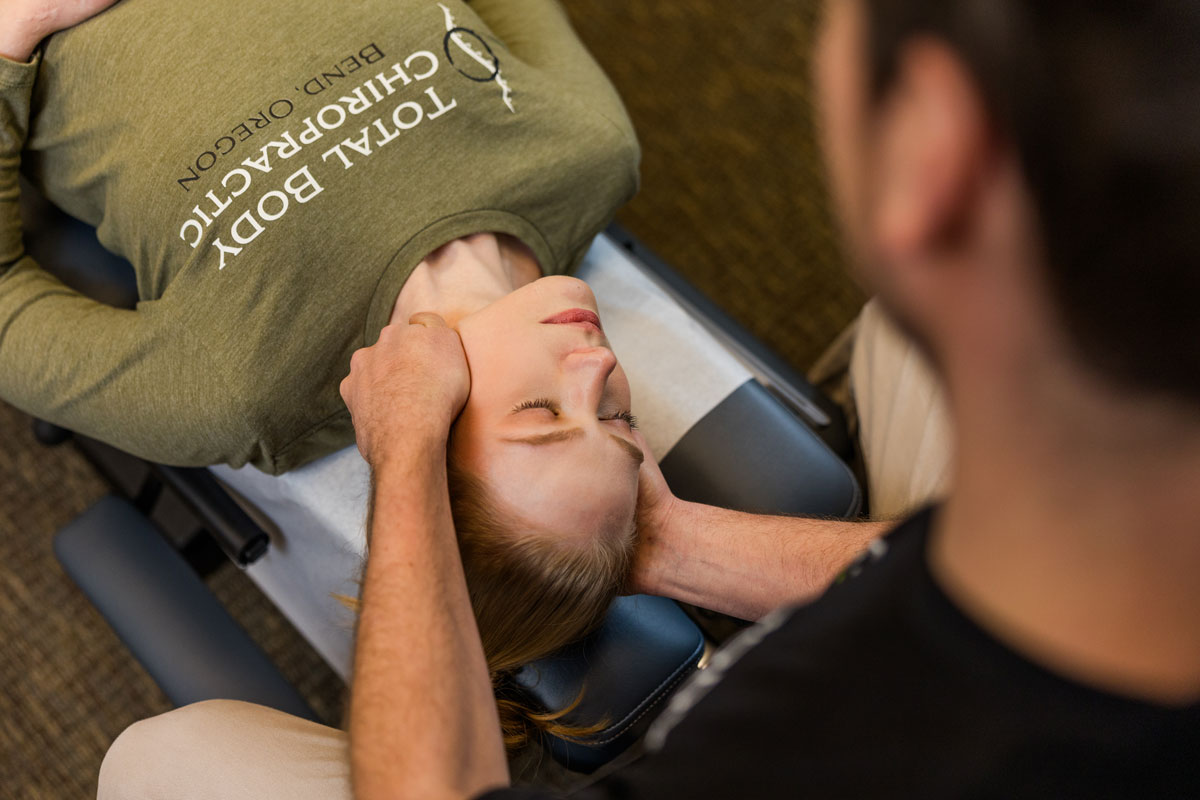Why You Should See a Chiropractor in Bend, Oregon
Living in Central Oregon offers endless opportunities for outdoor activities, but with an active lifestyle often comes occasional discomfort, injuries, or chronic pain. Whether you are a weekend warrior, an avid skier or simply experiencing neck and back issues from desk work, chiropractic care can help restore your well-being. Seeing a chiropractor in Bend can offer significant benefits by providing natural, drug-free solutions for managing pain and improving mobility. Below, we’ll walk through when to consider chiropractic care, what to expect during an exam, types of treatments available and who can benefit from Bend chiropractic care.
When to Consider Chiropractic Care

Chiropractic care is a great option for treating a range of musculoskeletal conditions, especially those involving the spine and nervous system, muscles and joints. It’s not just for back pain; there are many situations where seeing one of our chiropractors in Bend can be beneficial:
- Chronic back or neck pain: Ongoing discomfort that hasn’t responded to traditional medical treatments.
- Sports injuries: Strains or injuries from hiking, skiing, golfing or other physical activities common in Bend.
- Auto accidents: Chiropractic care can address whiplash injuries, soft tissue injuries and other pain following car accidents.
- Poor posture: Issues related to desk work or prolonged sitting that cause back and neck tension.
- Headaches and migraines: Tension headaches, sometimes related to neck issues, can improve with chiropractic adjustments.
- Joint pain or stiffness: Inflammation or reduced mobility in shoulders, knees or hips.
- Pregnancy discomfort: Specialized techniques can help relieve back pain associated with pregnancy.
- Preventative care: Even if you’re pain-free, regular adjustments can help prevent injuries and support long-term wellness.
Whether you have an acute injury or are seeking preventative care, chiropractic treatment can offer relief and help you stay active and healthy.
What Happens in a Chiropractic Exam

If it’s your first appointment with one of our chiropractors in Bend, the process begins with a detailed exam to assess your condition. Here’s what you can expect in an initial visit:
1. Initial Consultation: Our chiropractors will take your health history, asking about current symptoms, past injuries, and lifestyle habits. We’ll also ask what goals you hope to achieve through treatment.
2. Physical Exam: This may include evaluating your posture, range of motion, and reflexes. Our chiropractors will also palpate areas of discomfort to identify misalignments or muscle tightness.
3. Diagnostics: If necessary, we may recommend X-rays or other imaging to get a clearer picture of any structural issues in the spine or joints.
4. Treatment Plan: After the exam, our Bend chiropractors will develop a personalized treatment plan. This plan will likely include adjustments, therapeutic exercises and lifestyle advice to address the root cause of your discomfort.
Chiropractic care takes a holistic approach, focusing on overall wellness and addressing issues beyond just pain relief.
Types of Chiropractic Treatment
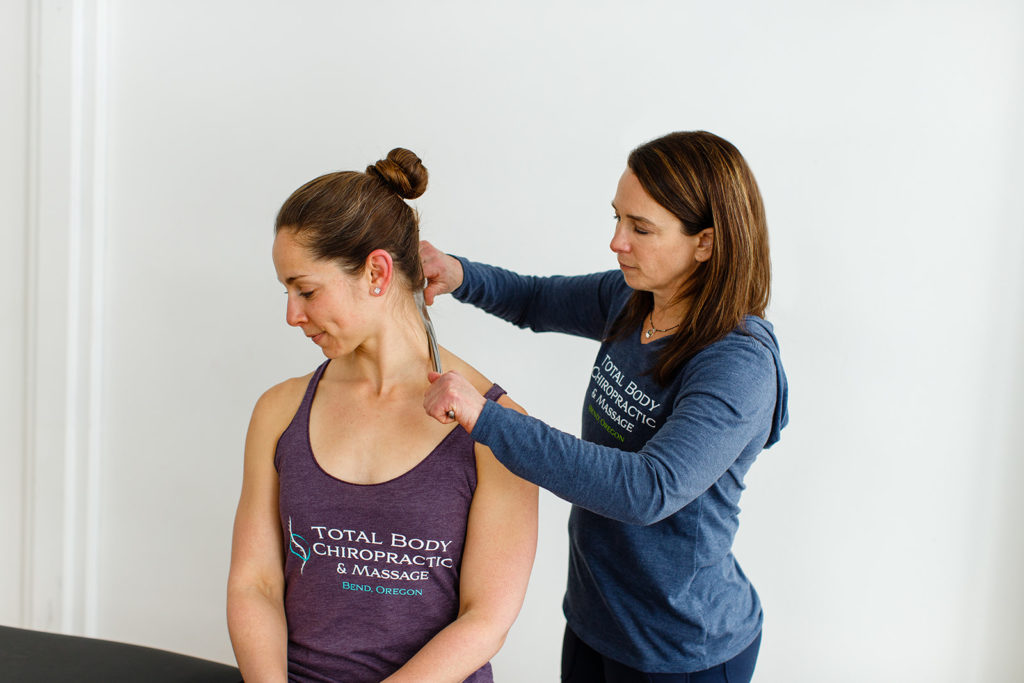
Chiropractic care offers a variety of specialized treatments, each aimed at addressing specific issues. Below are various techniques used by our chiropractors in Bend:
1. Graston Technique
This soft-tissue therapy involves using stainless steel instruments to gently scrape over the skin, breaking up scar tissue and adhesions that limit movement. The Graston Technique is especially effective for treating repetitive strain injuries, such as tennis elbow or plantar fasciitis.
2. Spinal Manipulation
Often called a chiropractic adjustment, spinal manipulation is the hallmark of chiropractic care. This structural correction technique involves using controlled force to realign vertebrae, reduce nerve pressure and improve mobility. Many people experience immediate relief from back pain, neck pain and headaches after spinal alignment.
3. Spinal Decompression Therapy
This non-invasive therapy stretches the spine using a specialized table to relieve pressure on spinal discs. It’s an effective treatment for conditions such as herniated discs, sciatica, and pinched nerves. Spinal decompression promotes better circulation to the affected area, supporting the body’s natural healing process.
4. Shockwave Therapy
Shockwave therapy delivers acoustic waves to targeted areas of the body, stimulating blood flow and accelerating tissue healing. This technique is often used to treat chronic conditions like tendinitis or plantar fasciitis. Many patients report reduced pain and improved mobility after just a few sessions.
These therapies can be used alone or combined, depending on your individual needs. Our Bend chiropractors will customize treatments to provide the most effective care possible.
Who Can Get Chiropractic Treatment
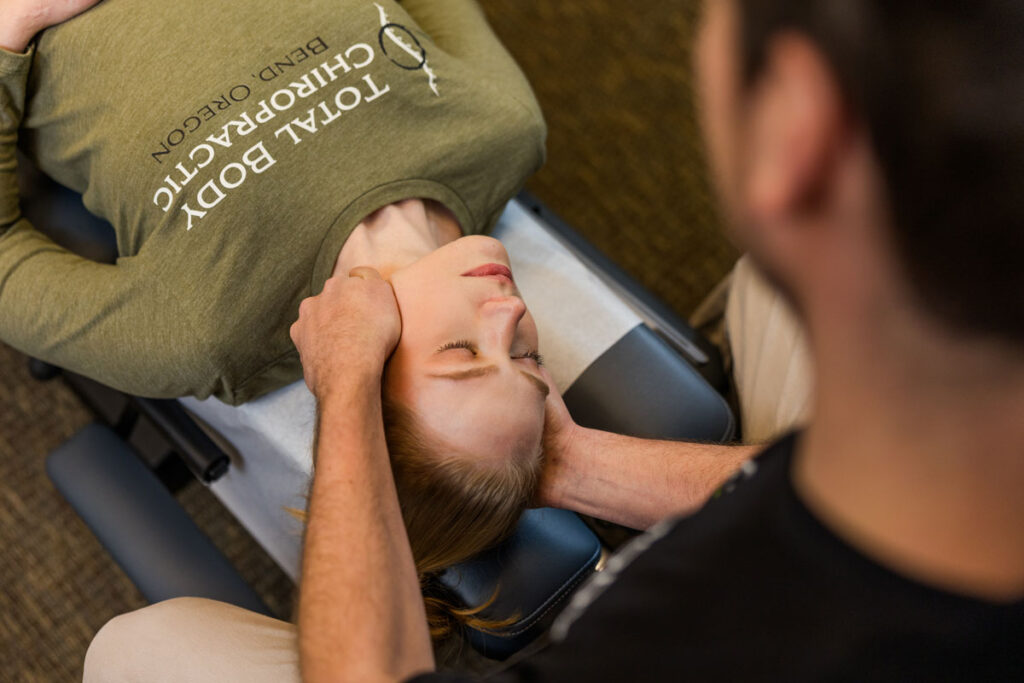
Chiropractic care is suitable for people of all ages and fitness levels, from children to seniors. Let’s explore who can benefit from visiting one of our chiropractors in Bend:
- Adults with chronic pain or injuries: People dealing with persistent neck or back pain can find lasting relief through regular chiropractic care.
- Athletes and active individuals: Preventative care can keep muscles and joints functioning optimally, while treatment for sports injuries ensures a quicker recovery.
- Pregnant women: Gentle chiropractic techniques can ease back and hip discomfort during pregnancy and improve overall comfort.
- Children and teenagers: Kids experiencing issues like poor posture, scoliosis, or sports injuries can benefit from chiropractic adjustments to support healthy growth.
- Seniors: Chiropractic care helps older adults maintain mobility and manage age-related issues like arthritis or joint stiffness.
Our chiropractors use techniques tailored to individual needs, ensuring treatments are safe and effective for people at every stage of life.
Other Considerations for Chiropractic Care
When choosing a chiropractor in Bend, it’s important to find someone who aligns with your health goals and values. Here are a few considerations to keep in mind:
- Experience and Specialties: Look for chiropractors with expertise in areas that match your specific needs, such as sports injuries, pregnancy care, or pediatric chiropractic.
- Insurance Coverage: Many insurance plans cover chiropractic care, but it’s a good idea to confirm your benefits before starting treatment.
- Holistic Approach: A good chiropractor will offer more than just adjustments, incorporating nutritional advice, rehabilitative exercises, and ergonomic tips to support your overall wellness.
- Consistency: Chiropractic care works best when it’s part of a consistent routine. Regular appointments can help maintain progress and prevent future issues.
Whether you’re dealing with a specific injury or simply seeking to stay active and pain-free, choosing a trusted chiropractor in Bend is a step toward improving your quality of life.
Let Our Bend Chiropractors Help You Achieve Optimal Health
Chiropractic care offers a wide range of benefits, from relieving pain to improving overall health and mobility. With chiropractic treatments such as the Graston Technique, spinal manipulation, spinal decompression therapy and shockwave therapy, our chiropractors provide customized treatment plans to help you live your best life. Chiropractic care isn’t just for those with injuries—it’s for anyone looking to maintain wellness, prevent future issues, and stay active.
If you’re struggling with chronic pain, recovering from a sports injury, or simply want to stay in peak condition, visit our chiropractic clinic in Bend. Take charge of your health today by scheduling a consultation and exploring the natural, exceptional care that chiropractic treatment can provide.

